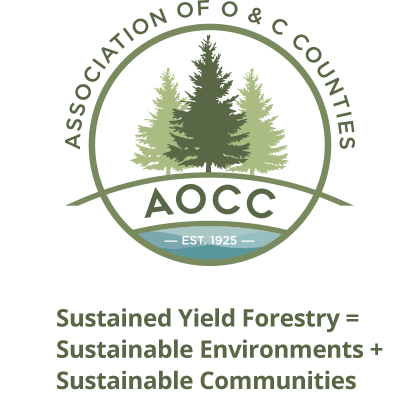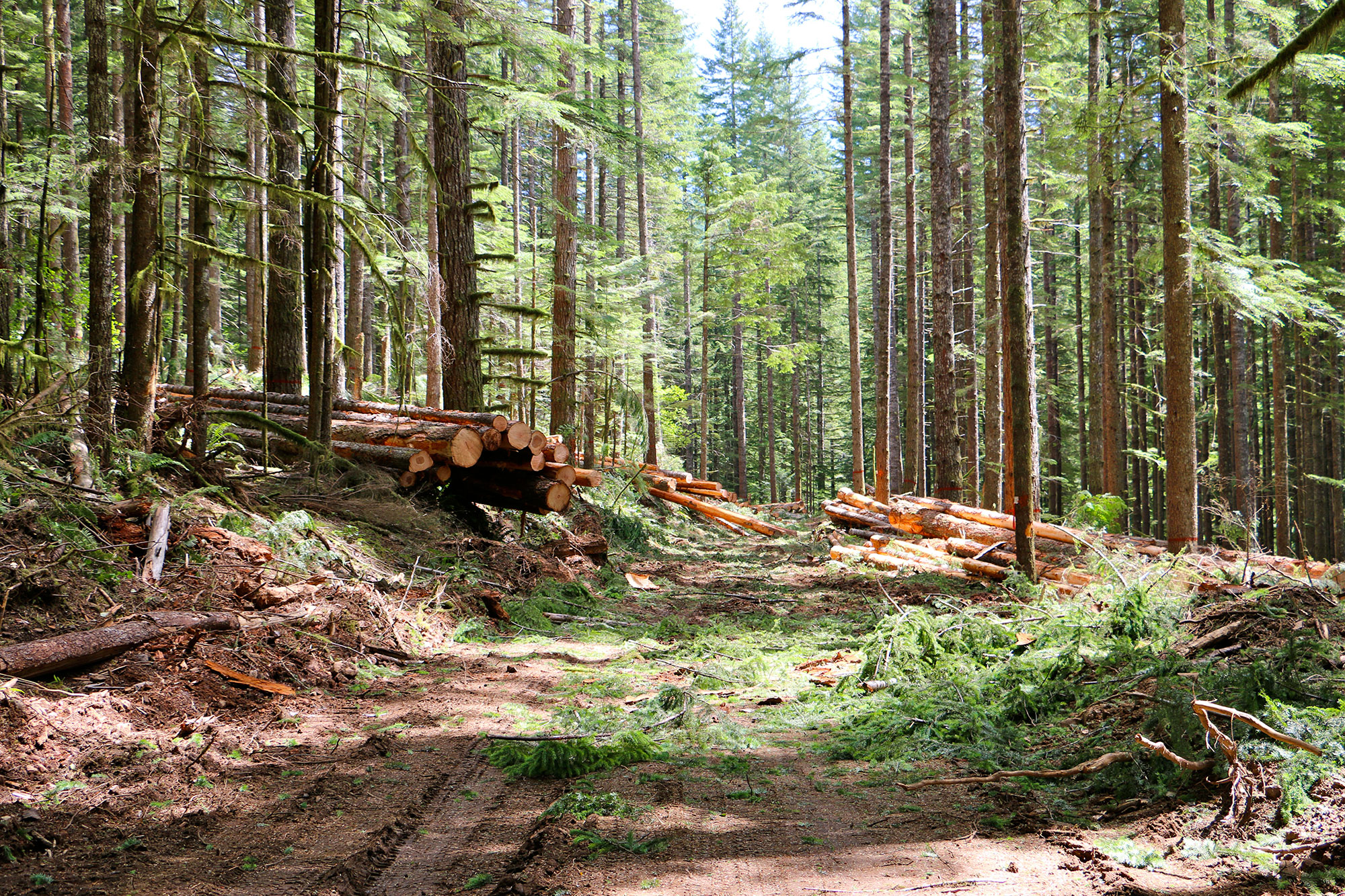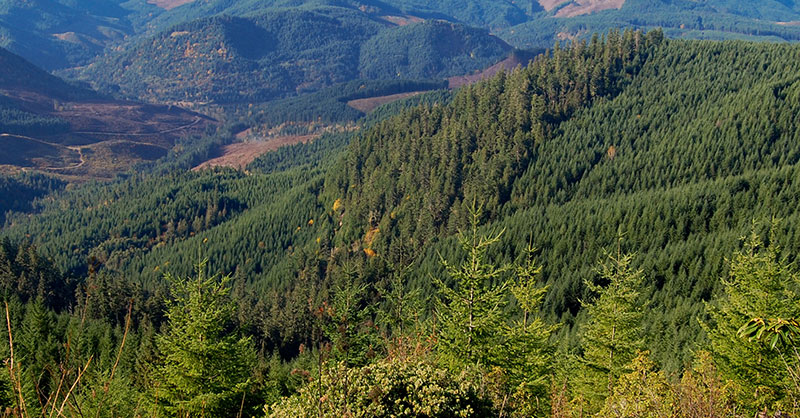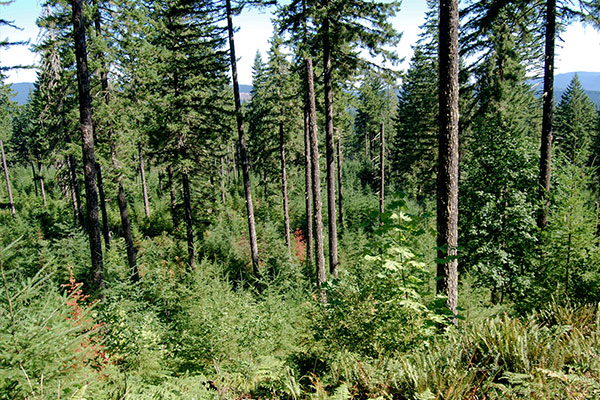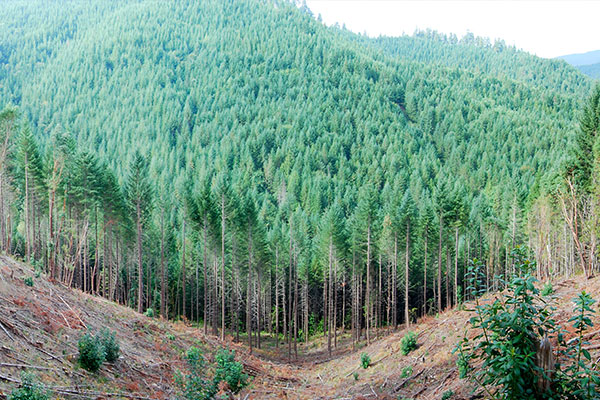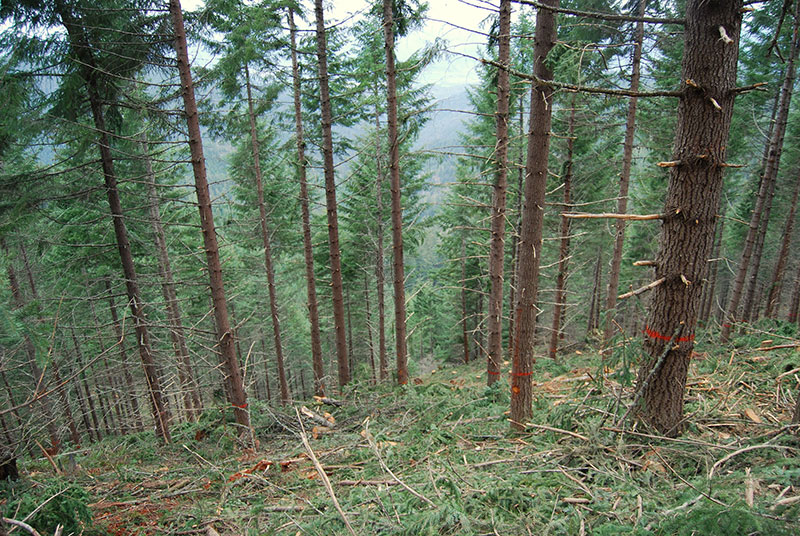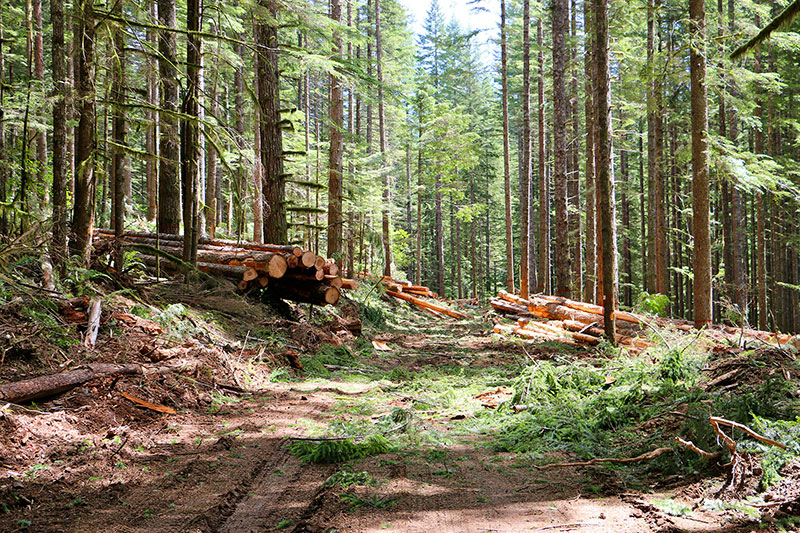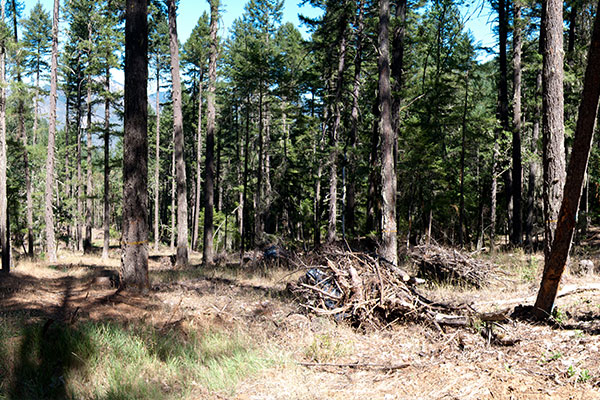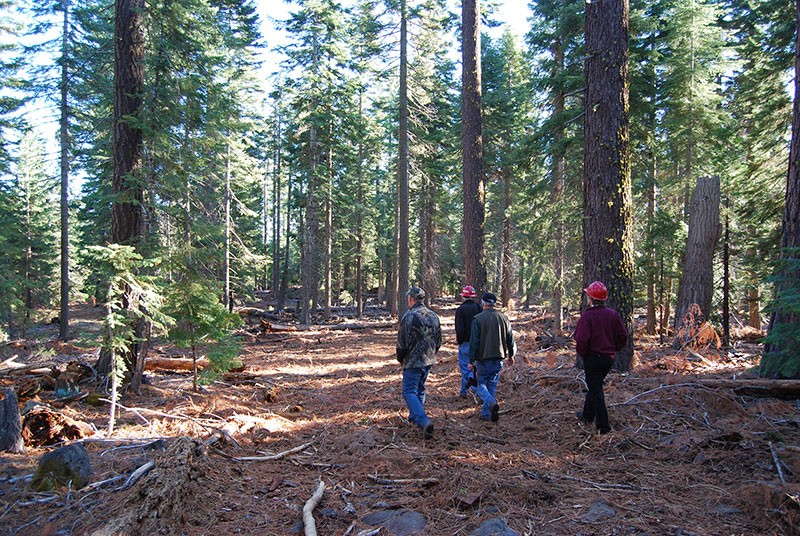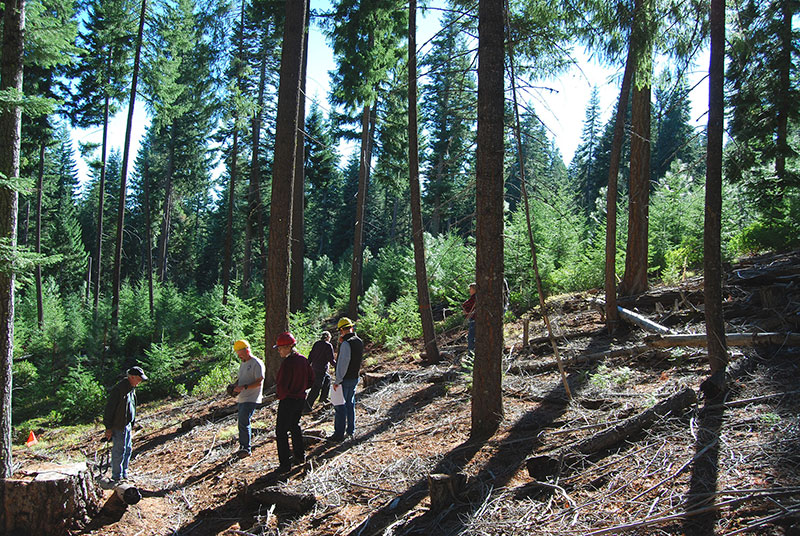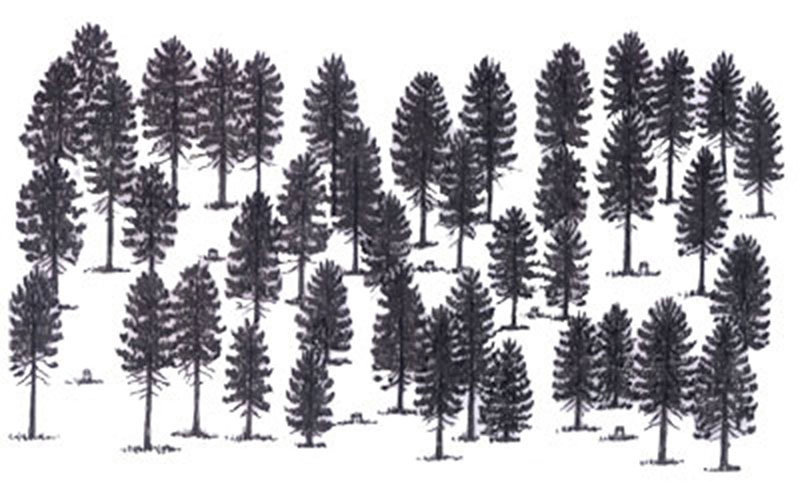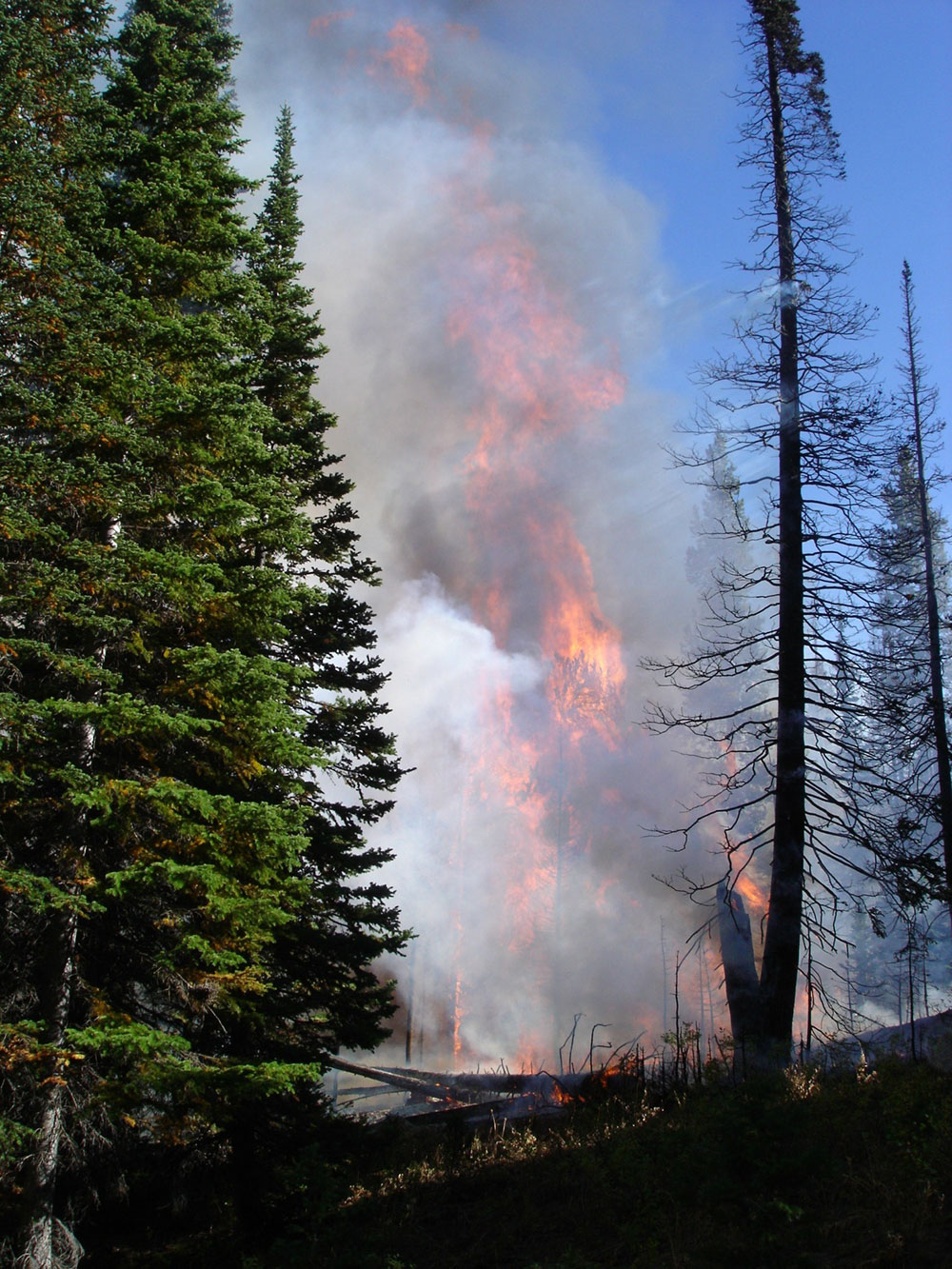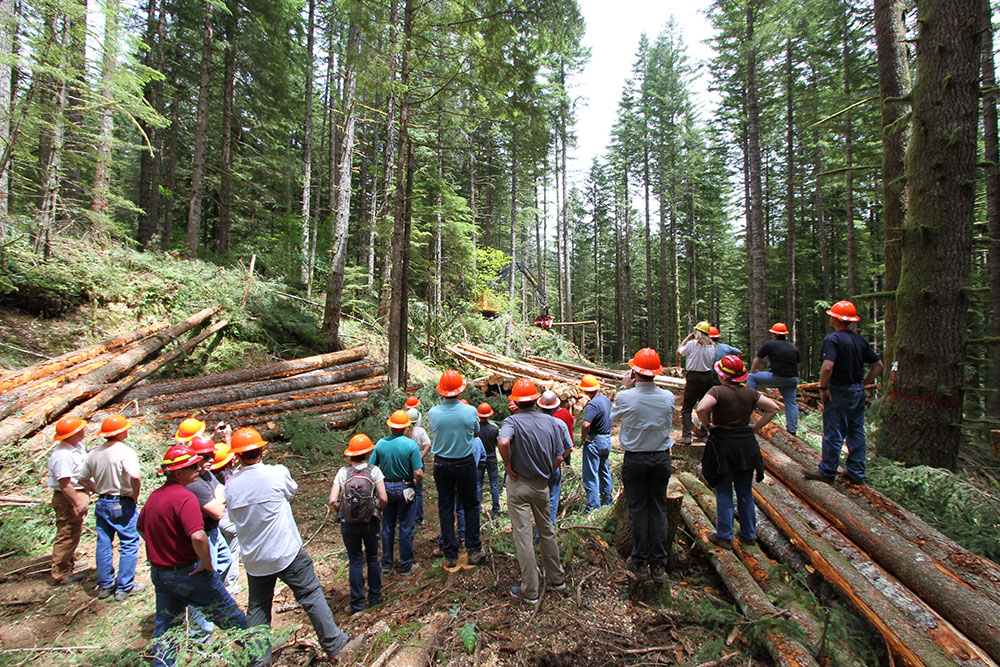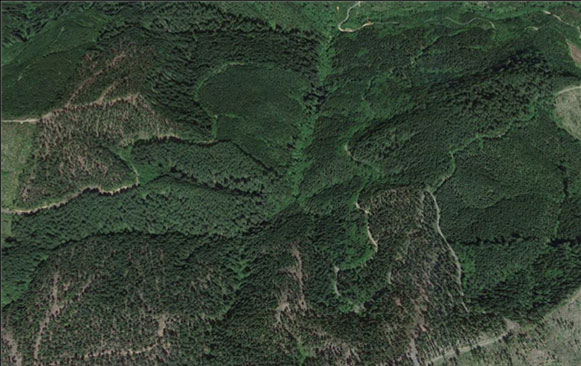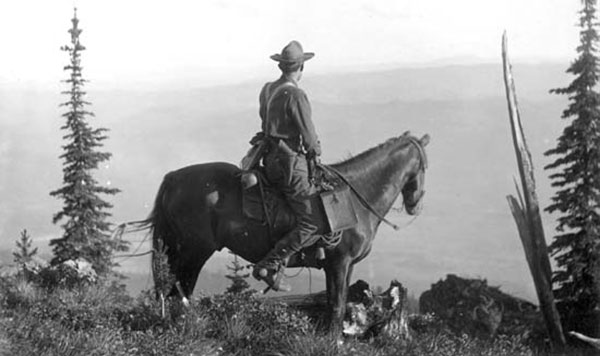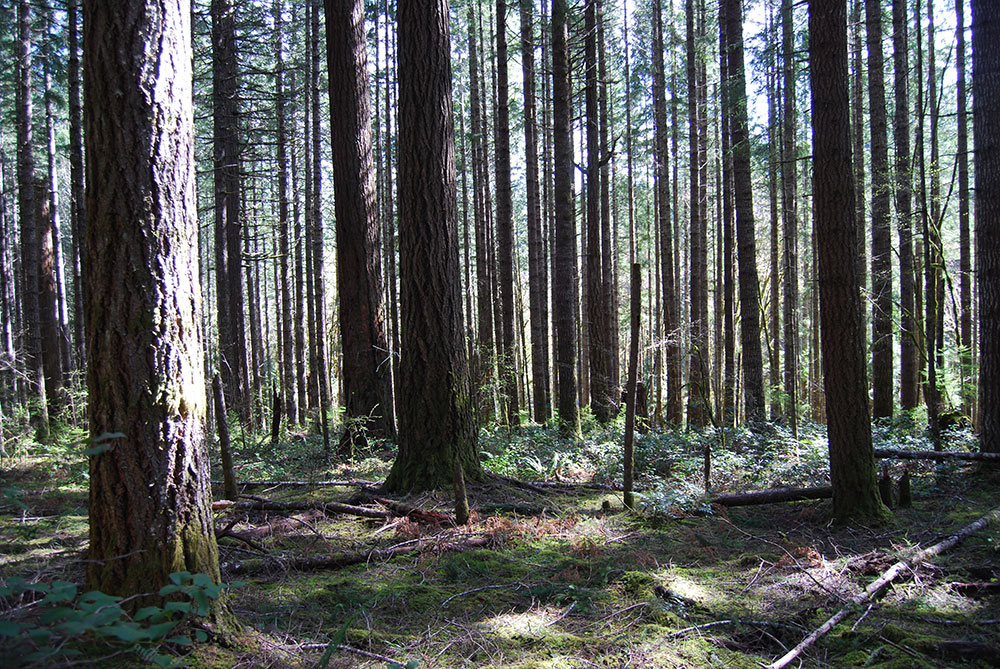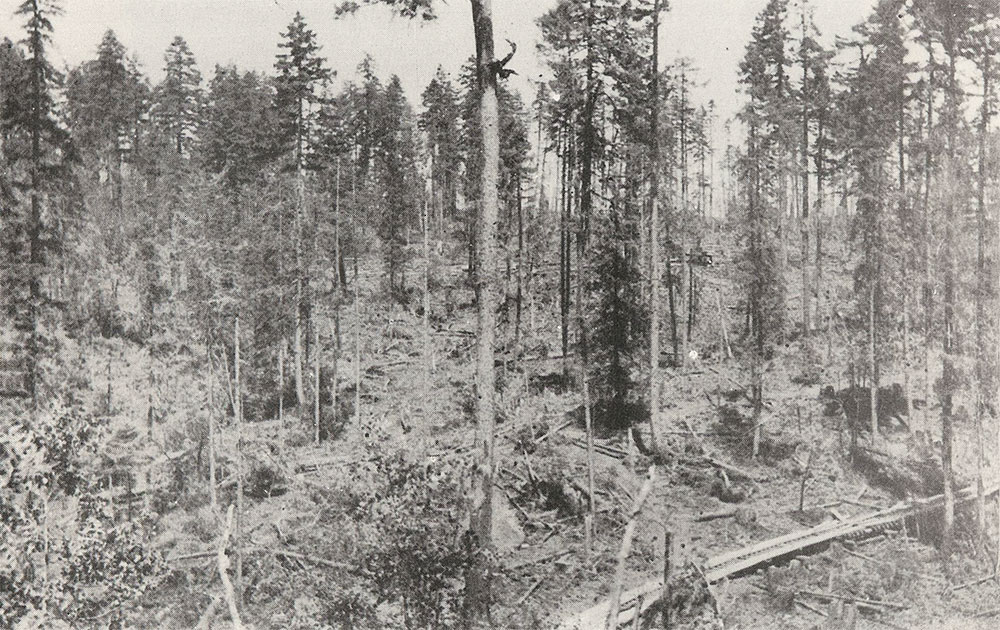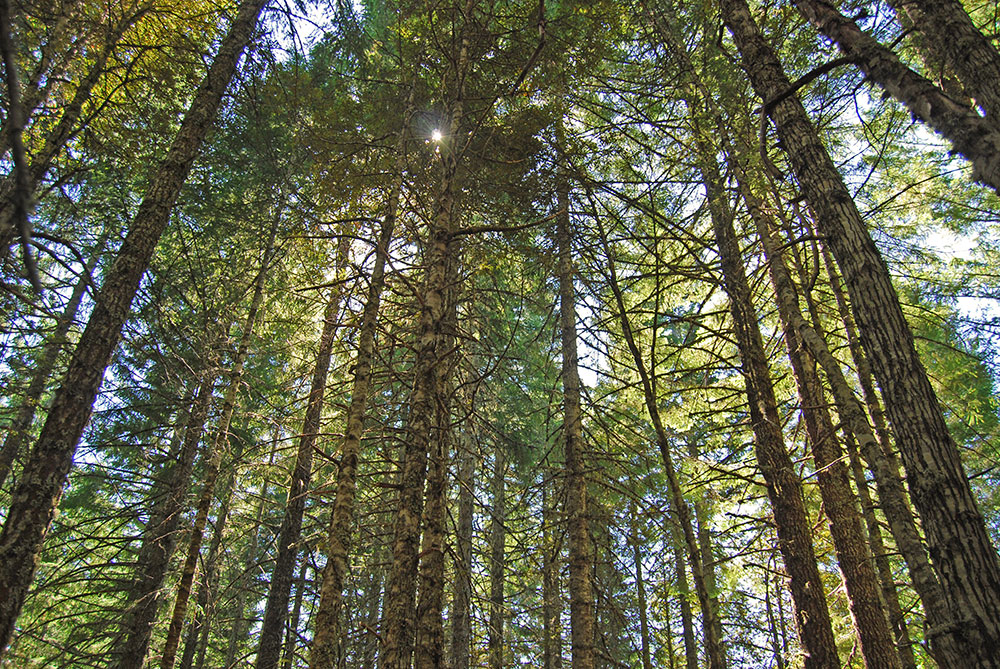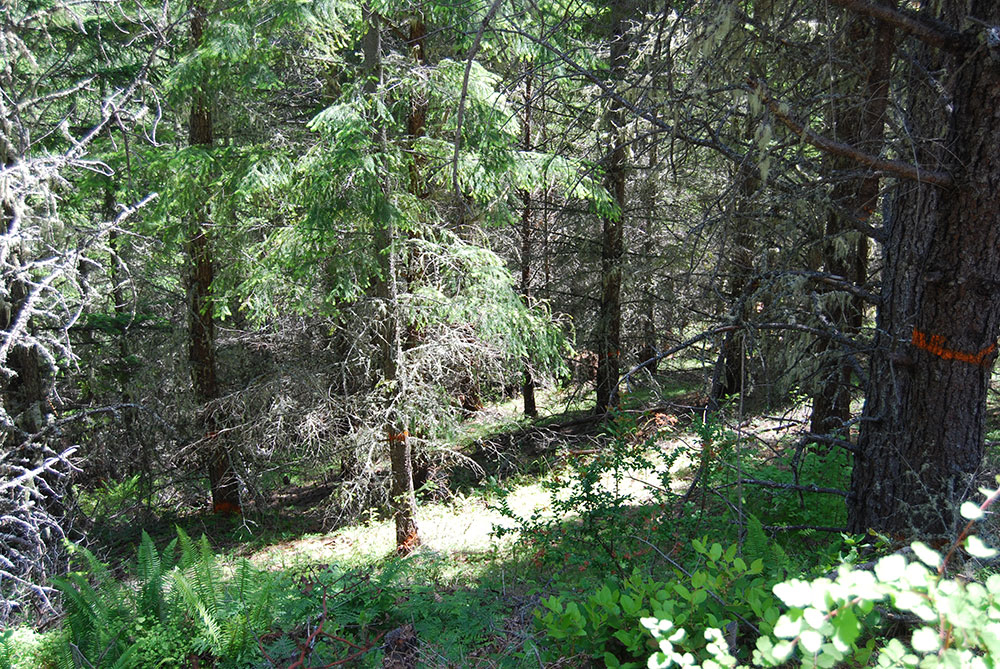Sustained Yield Forestry
What the Law Requires:
O&C timberlands shall be managed for permanent forest production, and the timber thereon shall be sold, cut, and removed in conformity with the principle of sustained yield. The O&C Act, 43 U.S.C. 1181a
Sustained Yield Definition:
Harvesting at a rate that is in balance with, and does not exceed, the growth rate of the forest.
Management According to Principles of Sustained Yield
The O&C Act was the first federal statute that regulated the rate of harvest to ensure a perpetual timber supply and a full range of forest values for future generations. Sustained yield management of the O&C forest can produce an everlasting supply of wood products while simultaneously providing clean water, a broad range of wildlife habitats, carbon storage and ample recreation opportunities. Sustained yield management provides economic benefits for all citizens: funding for vital community services, thousands of family-wage jobs and the ability to maintain necessary industrial infrastructure. Sustained yield management of the O&C forest is vital to the fabric of rural communities in western Oregon.
There is much more to sustained yield management than most people are aware. It uses a wide variety of techniques and intensities to achieve multiple objectives. To learn more about specific aspects of the O&C sustained yield story, scroll down or click on the individual topics below.

